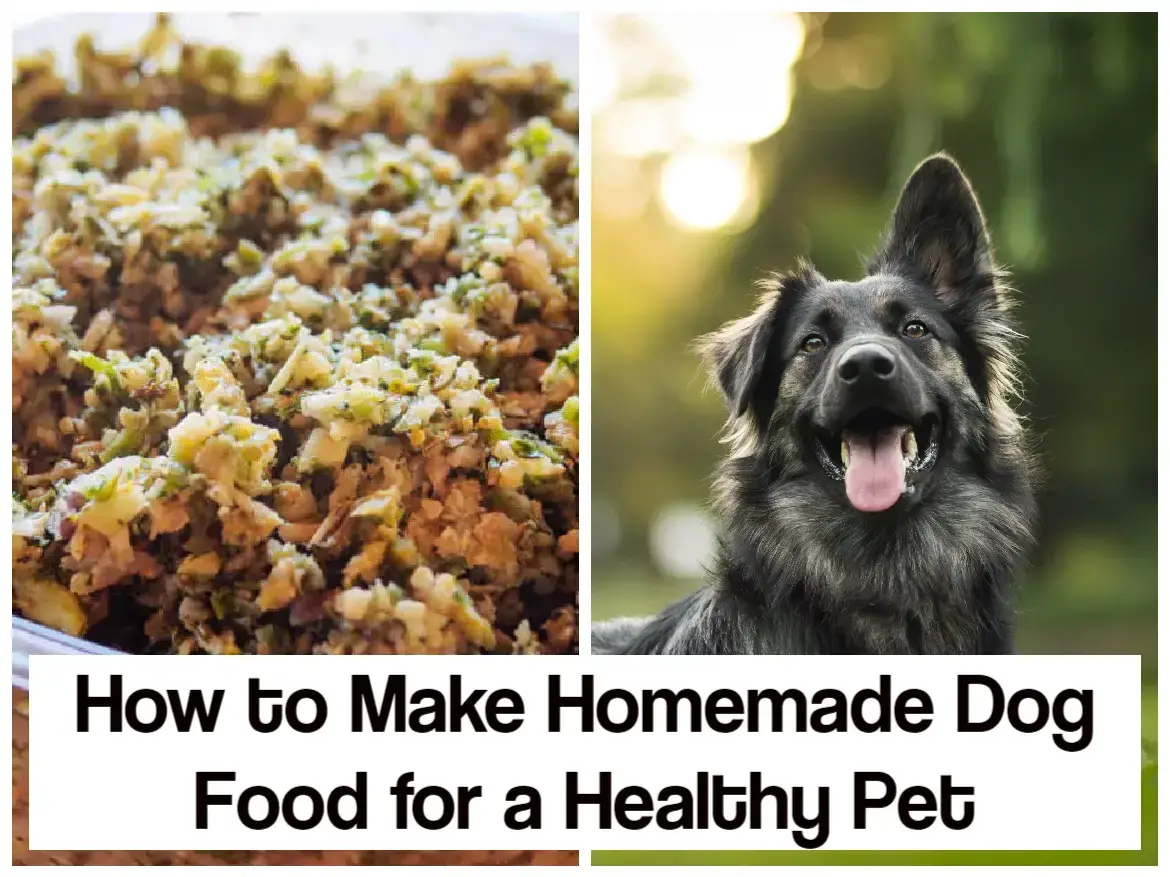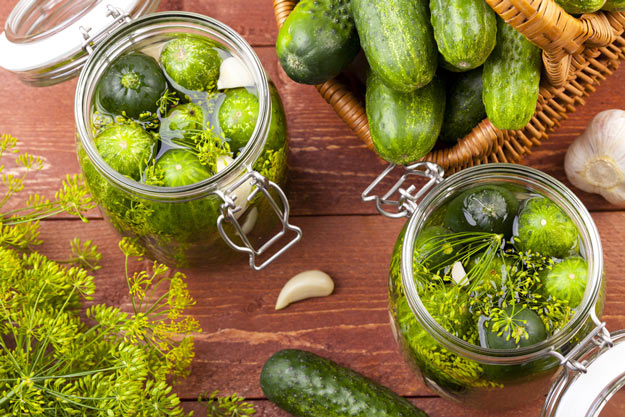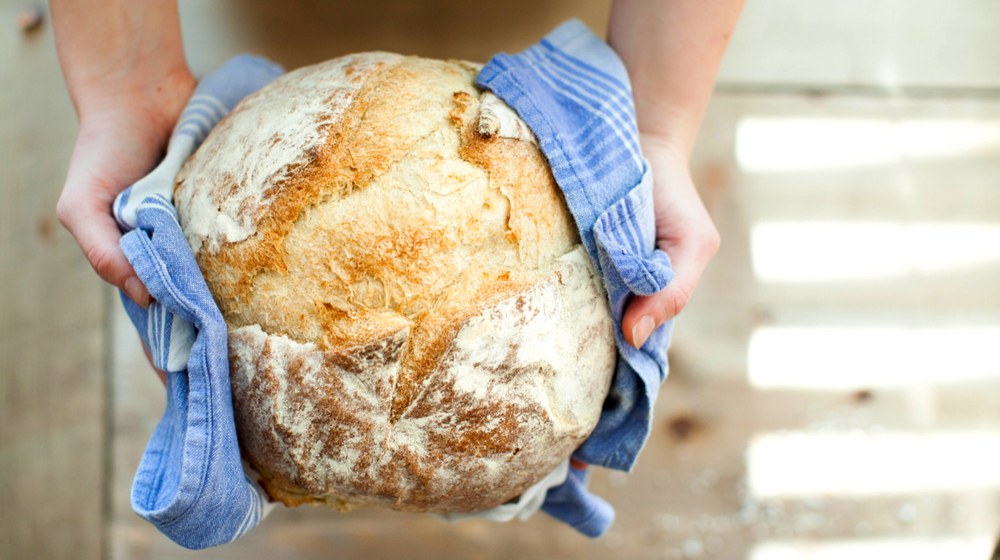The COVID-19 pandemic proved that the world is vulnerable to contagious diseases despite advancements in medicine and technology. These viruses move quickly from person to person, so a world population of 8 billion will have difficulty stopping the spread of any contagion no matter how we respond as a nation.
COVID-19 appears to be fading, but what if other viruses are waiting in the wings? It only takes one person to spread a disease thousands of miles each way. A second pandemic could be looming, so it’s best to understand what it could be and how to prepare.
What Could Cause the Next Pandemic?
COVID-19 is the most significant pandemic of our lifetimes. It’s a once-in-a-generation (or more) pandemic, like the Spanish flu. However, it’s not the only virus the population is susceptible to. These are among the biggest threats to humans.
Coronavirus
Many people refer to COVID-19 as the coronavirus — however, that term refers to a family of viruses. The coronavirus family includes COVID-19 and others you’ve seen in the past. For example, the Middle East respiratory syndrome (MERS) emerged last decade and severe acute respiratory syndrome (SARS) had an outbreak in the early 2000s.
Coronaviruses are dangerous because they’re relatively new to humans. Scientists didn’t take them seriously until SARS 20 years ago. Now, disease experts find that viruses easily mutate and are more common than previously thought. COVID-19 likely came from bats, typical hosts of coronaviruses. Bats compose about 20% of mammals, increasing the likelihood another pandemic will come from them.
[Editor’s note: Or it came from somewhere else; I’ll let YOU decide where that could possibly be.]
Nipah Virus
Bats are carriers of numerous diseases, one of which could be the Nipah virus. Currently, this disease is a problem in South and Southeast Asia. However, it has cause for concern because its mortality rate is about 73%, with a low sample size.
The World Health Organization (WHO) gives the Nipah virus a low risk at the global level but a high risk at the national level in Bangladesh. Experts have precautions to protect against the disease, but no vaccine exists to combat it. Bats are carriers of the Nipah virus in addition to typical farm animals, like pigs and horses.
Crimean-Congo Hemorrhagic Fever
Crimean-Congo hemorrhagic fever doesn’t come from bats but raises concerns because it’s found in ticks and livestock. Cattle, sheep, goats and other animals are essential for food and other supplies, so this pandemic could cripple supply chains.
WHO measures its fatality rate between 10% and 40%. It occurs regularly in Africa, West Asia and Southeast Europe. There is no vaccine for Crimean-Congo hemorrhagic fever, and it’s difficult for scientists to discover infections in ticks and livestock.
Disease X
Scientists are familiar with the previous three diseases. However, a pandemic comes from unknown viruses, which scientists call disease X. Humans have studied animals like bats for centuries, but it’s challenging to know every disease that…








